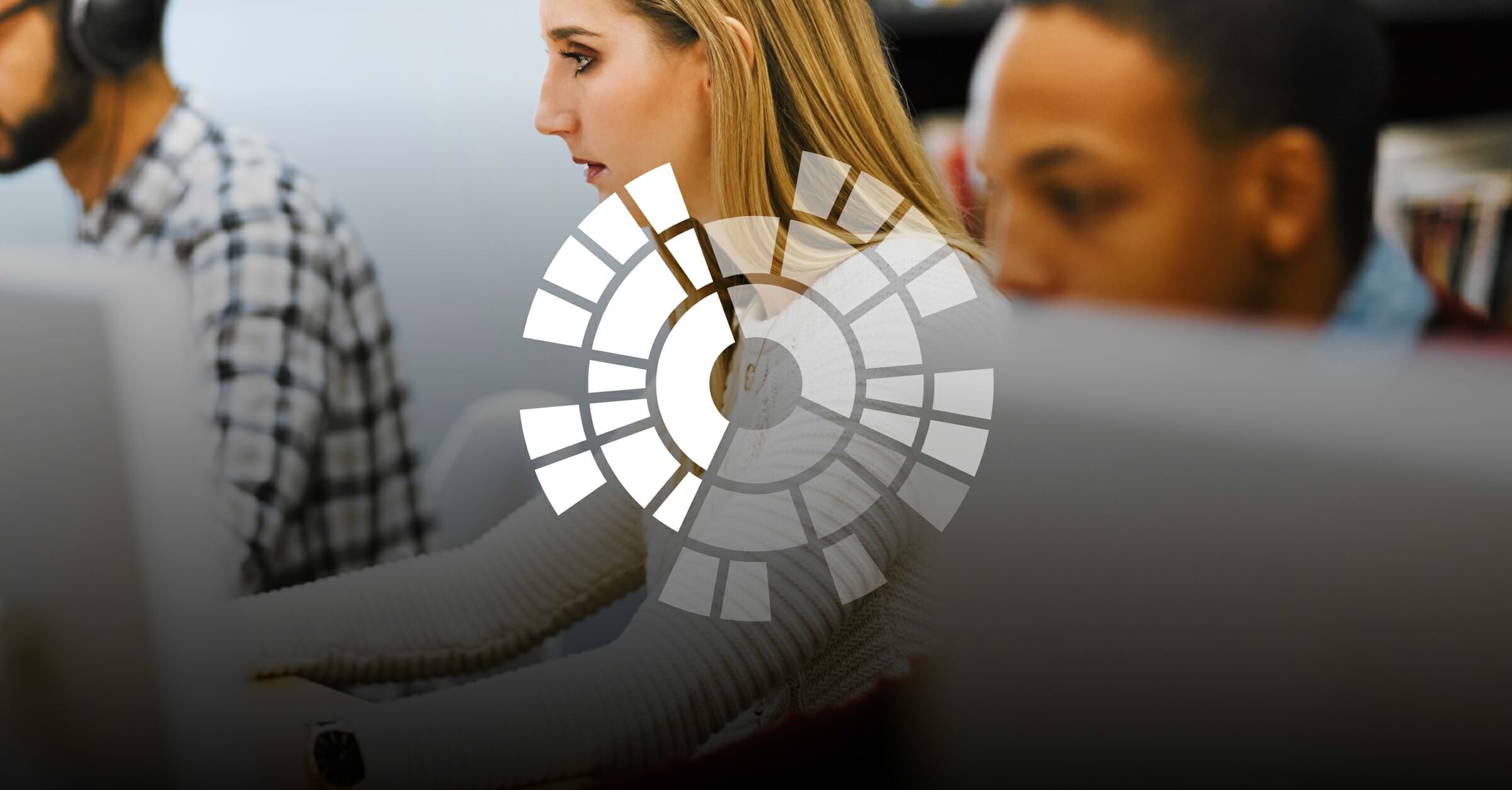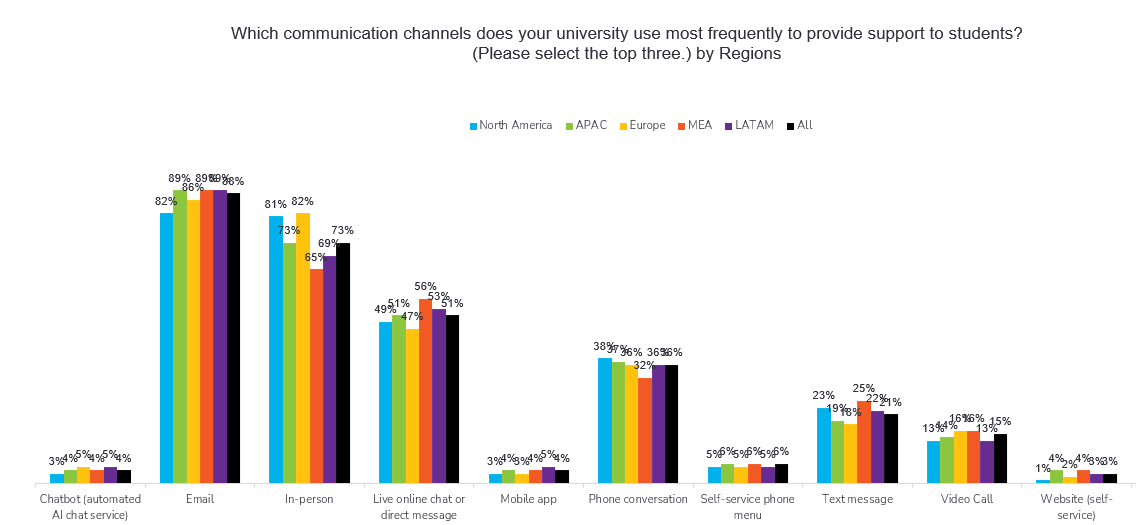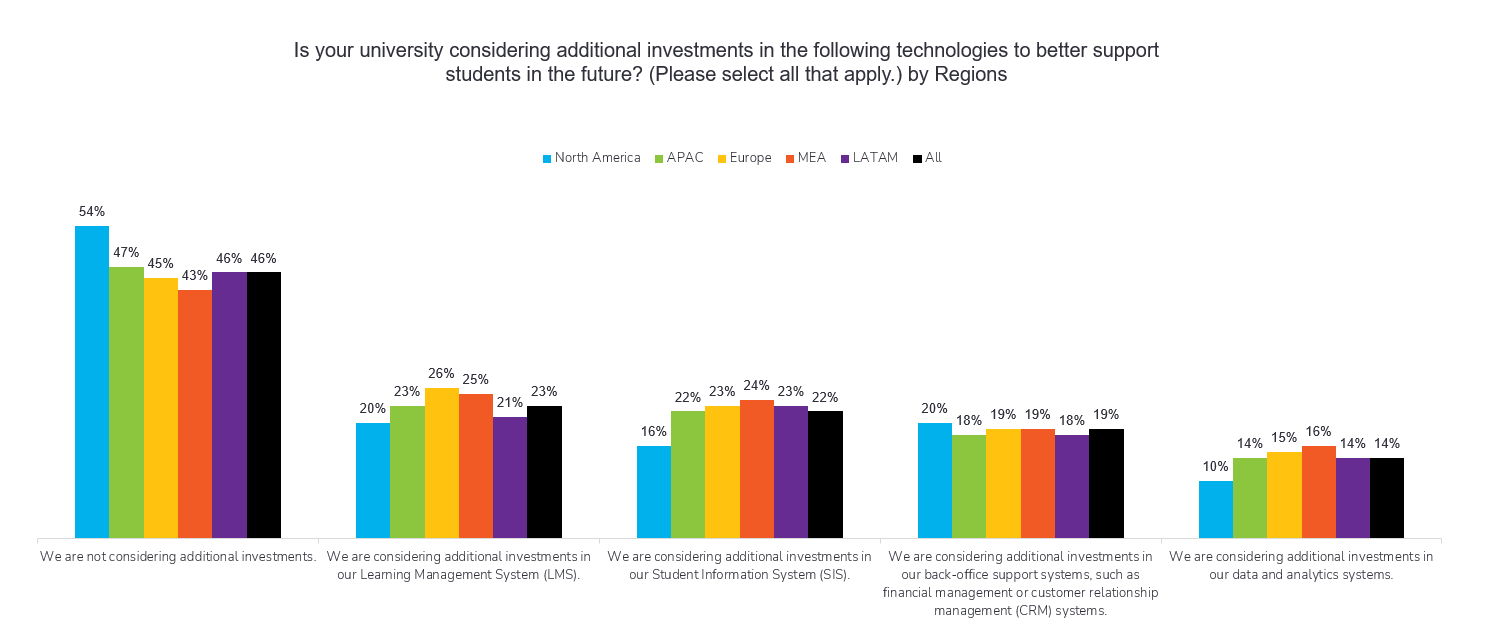
Looking Ahead with Technology: How European Education Leaders Can Support Tomorrow’s Students
In our recent whitepaper on digital transformation across the global education ecosystem, we analyzed university leader mindsets and student expectations across 10 different countries. While there are many similarities across learners and universities, experiences within each region and country are unique and intricate in a way that warrants further exploration to identify how universities can plan to meet the needs of tomorrow’s students.
Enduring Effects of the Pandemic
43% of European students are continuing to feel the effects of the pandemic in their education experience, either through delayed graduation timelines or changes in programs of study. While this is slightly lower than learners in other regions, such as Asia Pacific and Latin America, it nonetheless reaffirms what we already know – the ripple effect of the last two years is persistent. But the good news is that the effects are starting to dissipate, demonstrated by the 57% of European students who expressed that they have moved beyond the impacts of the pandemic in their education experience. This means that institutions have an opportunity to continue driving change to further tip the balance and help more students achieve success, both while at university and in transitioning to the workforce after graduation.
Regardless of how COVID-19 altered their higher education path, the way students want to learn has changed and aligning university plans for future course delivery options with new teaching and learning expectations is a great place to start when considering future modifications. Online course delivery or courses that include both an online component and an in-person component are the preferred delivery method of European students today. 22% of European learners also prefer fully in-person courses, which exceeds the preference of students across all other regions except Latin America. In comparison, only 7% of European higher education leaders expect to offer fully online courses at their university by 2025. This represents an opportunity for universities to adjust course structures and provide more options and recommendations to faculties and professors.
University Leader Responses

The Support Students Need
While learning and course delivery is crucial, providing support to students outside the classroom is also imperative to their overall experience and helping them complete their degree. Education minds may go to academic advising or career services when considering “support,” but the last two years have changed what students truly need in today’s university environment.

Mental or emotional wellbeing was the most widely experienced challenge among European students last year, with 54% selecting it from a list of challenges that also included being able to finance their education and switching back and forth between hybrid, in-person and online learning. According to the analysis, European students are battling mental or emotional challenges more so than students in any other region globally. 58% of European students are satisfied with the way their university has responded to these types of challenges for students, and as higher education leaders continue to drive change, they can create a future where this percentage is even greater by tailoring services and support options for tomorrow’s learners.
While mental and emotional health was noted as the top challenge, European students actually cited more career-focused services designed to help them secure a job after graduation as the resource that would be most beneficial to them (48%). More support and guidance around applying for and securing financial aid, along with counseling and mental health resources are the second and third areas, respectively, where learners are interested in seeing further resources from their institution.
In addition to the type of services offered, when and how faculty and staff are engaging with students has a tremendous impact on their experience and outcomes. European students prefer more in-person communication compared to students in other regions, but they also favor email and chatbot as ideal methods to receive information and services from their university. Email and in-person communication are the two most frequently used channels according to European higher education leaders. However, 36% also rely on phone conversations as one of the top four communication channels employed by their university. In comparison, only 6% of European students prefer phone calls, indicating that leaders should consider how to shift toward more automated options like chatbots to better meet learner needs.
University Leader Responses

Investing in Technology
When considering how to deliver new services and better meet student communication needs and expectations, technology presents an opportunity to diversify, personalize and scale. Lack of access to necessary technology is the number one barrier preventing more direct engagement with students according to European university leaders. And this is true globally, not just in Europe.
Almost unanimously, higher education leaders around the world affirmed that personalized experiences would help students at their university better achieve their goals, and a holistic view of the student – pulling data together across multiple systems – would benefit their teams. 92% of European leaders are looking for new opportunities to aggregate and analyze student data to provide more insights as they consider student needs of the future.
University Leader Responses

More than half of European of university leaders are also considering additional investments in technology to better support learners moving forward, particularly in technologies such as learning management systems (LMS), student information systems (SIS), and back-office support systems like financial management and customer relationship management (CRM). As these types solutions increasingly incorporate data and analytics into core functionality, universities that invest in the right education technology stack will benefit from ability to automatically synthesize and analyze underlying data to help create a holistic view of their learners right from the tools and applications that their teams use on a daily basis.
University Leader Responses

Helping institutions take this holistic approach is why we created Anthology. We’re breaking down data silos and unlocking learner success at an entirely new scale by considering every learner and institution holistically. Through our mission to provide dynamic, data-informed experiences to the global education community through something we call “intelligent experiences”, we’re helping university leaders create more relevant interactions and gain unique insights about learners to help drive better outcomes.
Does this data make you want to learn more? Us, too, which is why we published Comparing Global University Mindsets and Student Expectations: Closing the Gap to Create the Ideal Learner Experience.